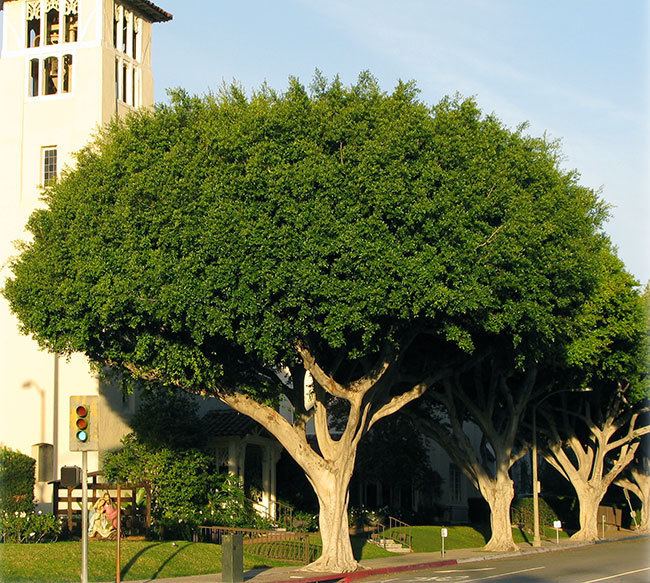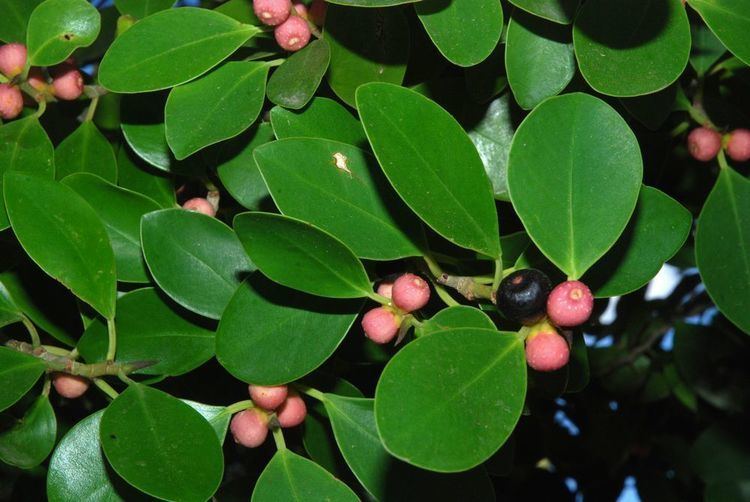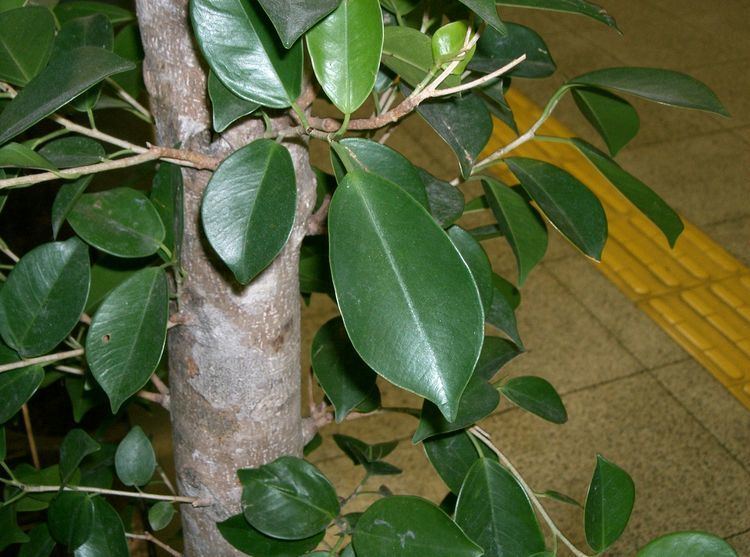Higher classification Fig | Scientific name Ficus microcarpa Rank Species | |
 | ||
Similar Fig, Weeping fig, Ficus retusa, Moraceae, Pachira | ||
How to repotting ficus bonsai tree ficus microcarpa ginseng august 2016 urdu hindi
Ficus microcarpa, also known as Chinese banyan, Malayan banyan, Taiwan banyan, Indian laurel, curtain fig, or gajumaru (ガジュマル), is a tree native in the range from China through Nepal, Bhutan, Sikkim, India, Sri Lanka, Taiwan, the Malay Archipelago, New Guinea, Australia, the Ryukyu Islands, and New Caledonia. It is widely planted as a shade tree and frequently misidentified as F. retusa or as F. nitida (F. benjamina).
Contents
- How to repotting ficus bonsai tree ficus microcarpa ginseng august 2016 urdu hindi
- Ficus microcarpa bonsai dec 2015
- Taxonomy
- Distribution and habitat
- Ecology
- Cultivation
- References

Ficus microcarpa bonsai dec 2015
Taxonomy

Ficus microcarpa has been described in 1782 by Carl Linnaeus the Younger. The species has a considerable number of synonyms. In 1965, E. J. H. Corner described seven varieties (and two forms of Ficus microcarpa var. microcarpa) which were regarded as synonyms under the name of Ficus microcarpa in the latest Flora Malesiana volume.

Hill's weeping fig was first formally described as a species, Ficus hillii, by Frederick Manson Bailey in the Botany Bulletin of the Queensland Department of Agriculture, based on the type specimen collected in the "scrubs of tropical Queensland'". In 1965, it was reassigned by E. J .H. Corner as a variety of F. microcarpa, namely F. microcarpa var. hillii.
Distribution and habitat
Ficus microcarpa was widely distributed as an ornamental plant and is one of the most common street trees in warm climates. The symbiotic pollinating fig wasp, Eupristina verticillata, was introduced along with F. microcarpa. Such an introduction, however, can be delayed: in Brazil - where specimens of the tree had been used in gardening since the nineteenth century, when it was introduced by the architect Auguste François Marie Glaziou into various public parks of Rio de Janeiro - the appearance of saplings began only during the 1970s. Such saplings are considered to be very aggressive, as they can grow in the walls of buildings, bridges, highways, and other concrete structures. The tree is considered a major invasive species in Hawaii, Florida, Bermuda, Central America, and South America. It's commonly used as a ornamental tree in most of Spain's mediterranean coast, as in the Balearic and the Canary islands. Ficus microcarpa can also be found on the Algarve, the southern coast of Sicily or in Cyprus. It is a common ornamental tree in the Tel Aviv, Israel area.
Ecology
The pollinating fig wasp associated with Ficus microcarpa is Eupristina verticillata. In addition, 19 non-pollinating fig wasp species parasitize Ficus microcarpa figs. These fig wasps are from different families. First, the Eurytomidae wasps are Sycophila curta, Sycophila petiolata, Sycophila maculafacies and Bruchophagus sensoriae. The wasps from the Pteromalidae family are the most speciose: Acophila microcarpae, Eufroggattisca okinavensis, Meselatus bicolor, Micranisa degastris, Odontofroggatia corneri, Odontogroggatia gajimaru, Odontogroggatia galili, Odontofroggatia ishii, Philotrypesis emeryi, Philotrypesis okinavensis, Philotrypesis taiwanensis, Sycoryctes moneres, Sycoscapter gajimaru, Walkerella kurandensis. Only one species from the Ormyridae family: Ormyrus lini.
In some parts of its introduced range, it is very attractive to avian wildlife: in São Paulo, Brazil, ten species of birds were listed as feeding on its fruits, especially Turdus rufiventris, Pitangus sulphuratus, Turdus leucomelas, Thraupis sayaca and Celeus flavescens. Its fruit and leaves are also sought after and eaten by the parrot Aratinga leucophthalmus. Although invasive, its hardiness makes it an important species for the attraction of avian wildlife in urban environments.
Cultivation
Ficus microcarpa is cultivated as an ornamental tree for planting in gardens, parks, and in containers as an indoor plant and bonsai specimen.
